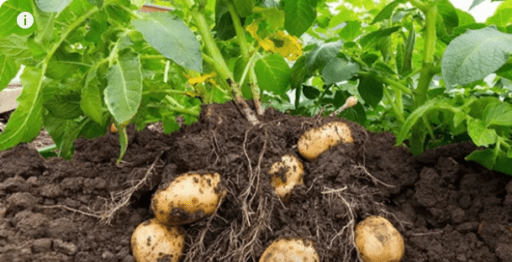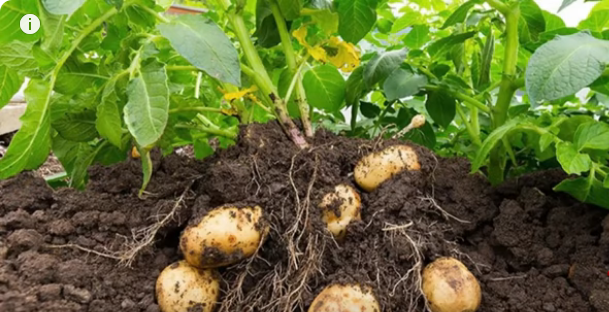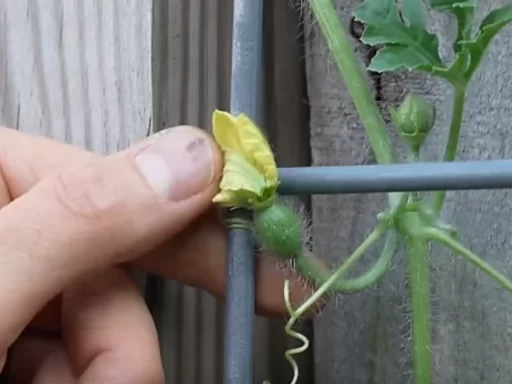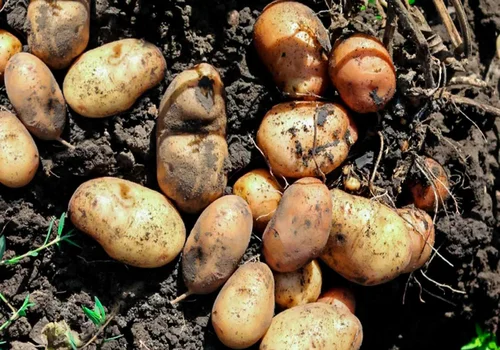As we pass mid-July, it’s hard to believe that we’re already more than halfway through the growing season here on the Southeastern coast of North Carolina. This time of year, I often reflect on the season’s progress and think about all the things I’ve done right—and the mistakes I’ve made along the way. After years of trial and error, I’ve accumulated a wealth of knowledge. In this article, I’ll share some of the biggest mistakes I’ve made in my gardening journey and how I’ve learned from them.
Mistake #1: Shallow Raised Garden Beds
When I first started my garden, I made my raised garden beds using 2×8 lumber due to budget constraints. While it was a cost-effective solution, the shallow depth of the beds created multiple issues. The biggest problem was that the plants, especially tomatoes, broke through the native soil, which contained root knot nematodes. This stunted their growth and even killed some plants. Additionally, shallow beds don’t hold moisture as well, so I had to water more frequently. In hindsight, I would have used deeper beds, perhaps 2×12 lumber or even a second layer, to reduce irrigation needs and make the beds easier to maintain.
Mistake #2: Wooden Raised Beds Instead of Metal
If I were to start again, I wouldn’t use wooden raised beds at all. Instead, I’d opt for modular metal raised beds. These options were not available when I began in 2018, but they are now widely available, more durable, and often more affordable than wooden alternatives. Metal beds are faster to assemble, lighter, and much longer-lasting than wood. Today, I can get a modular raised bed that’s deeper and cheaper than building one from wood. This change would save time, money, and effort.
Mistake #3: Not Enclosing My Garden
Living in North Carolina, I quickly learned that the hot sun and heavy rainstorms can wreak havoc on a garden. The techniques I used up north didn’t work well here due to the longer, harsher growing season. If I could redesign my garden, I would enclose it with some type of roof structure. Many vegetables like tomatoes, peppers, and cucumbers thrive better under protection from excessive rain. I would likely use polycarbonate panels or shade cloth to keep the rain and sun from damaging my crops. This would prevent a lot of disease spread and plant damage.
Mistake #4: Using Short 4×4 Posts
When I first built my garden, I installed 10-foot 4×4 posts for trellising. However, after embedding them in the ground, I ended up with less than 7 feet of height, which is too short for many of my plants. Taller posts would have allowed my trellised plants to grow higher and would have provided better support for shade cloth structures. If I were to do it again, I’d use 12-foot posts for more flexibility.
Mistake #5: Planting Asparagus in Raised Beds
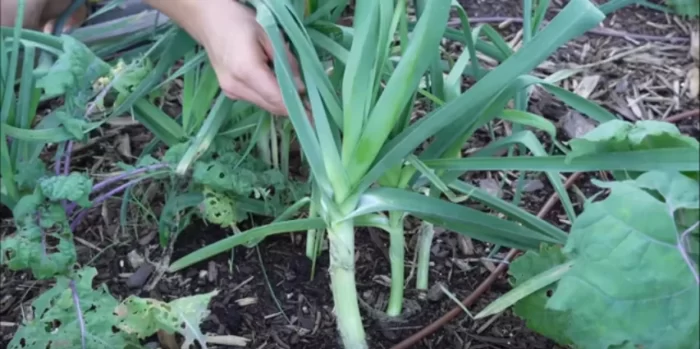
One of the most unexpected challenges I faced was planting asparagus in a raised bed. While asparagus thrives in the right environment, it’s incredibly invasive. The roots spread far and wide, encroaching on neighboring beds. Additionally, the plants get so bushy that they crowd out other vegetables. If I could do it over, I’d plant asparagus in a separate area or even integrate it into a permaculture design with fruit trees, where its vigorous root system would be kept in check.
Mistake #6: Overplanting Banana Plants
In my excitement to grow tropical plants, I overplanted banana plants around my yard. I live in zone 8, which is not ideal for bananas, as they require a warmer climate to thrive. While I have managed to grow bananas successfully, many years have passed without any fruit due to frost damage. Maintaining seven banana plants is a lot of work for little reward. If I were starting again, I’d focus on growing just one banana plant and investing more time in protecting it during the winter months.
Mistake #7: Inefficient Planting for Permaculture
Another significant mistake I made was not adopting a permaculture mindset from the beginning. I planted fruit trees and other crops in straight rows without considering canopy layers or companion planting. This has led to inefficient use of space. I’m now slowly integrating permaculture principles by planting strawberries under my apple trees and considering how to use vertical space more effectively. If I could do it all over again, I’d think more carefully about how to use every inch of my garden efficiently.
Frequently Asked Questions
- What is the best material for raised garden beds? Modular metal raised beds are recommended for their durability, ease of assembly, and cost-effectiveness compared to wood.
- How deep should raised garden beds be? Ideally, raised beds should be at least 12 inches deep to accommodate plant roots and retain moisture better.
- Why is it important to protect your garden from rain? Excessive rain can spread disease, ruin fruit, and promote fungal growth, making it essential to control moisture levels.
- How can I prevent root knot nematodes from affecting my plants? Deep raised beds and soil amendments can help prevent plants from breaking into infected native soil, reducing the risk of nematode infestation.
- What are the benefits of using shade cloth in the garden? Shade cloth protects plants from the intense summer sun and helps regulate temperatures, reducing stress on your crops.
- Can you grow tropical plants in zone 8? While it’s possible to grow tropical plants like bananas in zone 8, they require significant protection during winter and may not consistently bear fruit.
- How can permaculture improve garden efficiency? Permaculture focuses on using different canopy layers and companion planting to maximize space and enhance plant growth through natural synergies.

